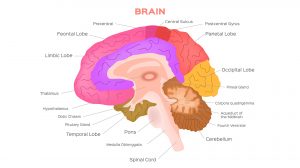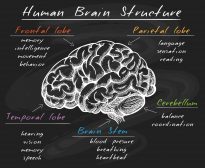Definition
noun
A form of taxis characterized by the directional movement of an organism in response to light
Supplement
Taxis is a behavioral response of a cell or an organism to an external stimulus. The movement is characteristically directional. The movement may be positive or negative. A positive taxis is one in which the organism or a cell moves towards the source of stimulation (attraction). A negative taxis is when the organism or a cell moves away from the source of stimulation (repulsion).
Phototaxis is one of the different forms of taxis. It is characterized by the directional movement of a cell in response to light. The movement may either be towards the source of light (positive phototaxis) or away from the source of light (negative phototaxis).
A positive phototaxis is exhibited by phototrophic organisms. They move towards the light source to take advantage of the light energy necessary in photosynthesis. Examples of phototrophic organisms exhibiting phototaxis are the phytoflaggellates, e.g. Euglena, and photosynthetic bacteria.
A negative phototaxis is one in which the organism moves away from the light source as demonstrated by certain insects such as cockroaches.1
Word origin: Ancient Greek phôs (“light”) + taxis
Also called:
- phototaxy
Compare:
- phototrophism
- photokinesis
See also:
Reference(s):
1 Martin, E.A., ed. (1983). Macmillan Dictionary of Life Sciences (2nd ed.). London: Macmillan Press. p. 362.







